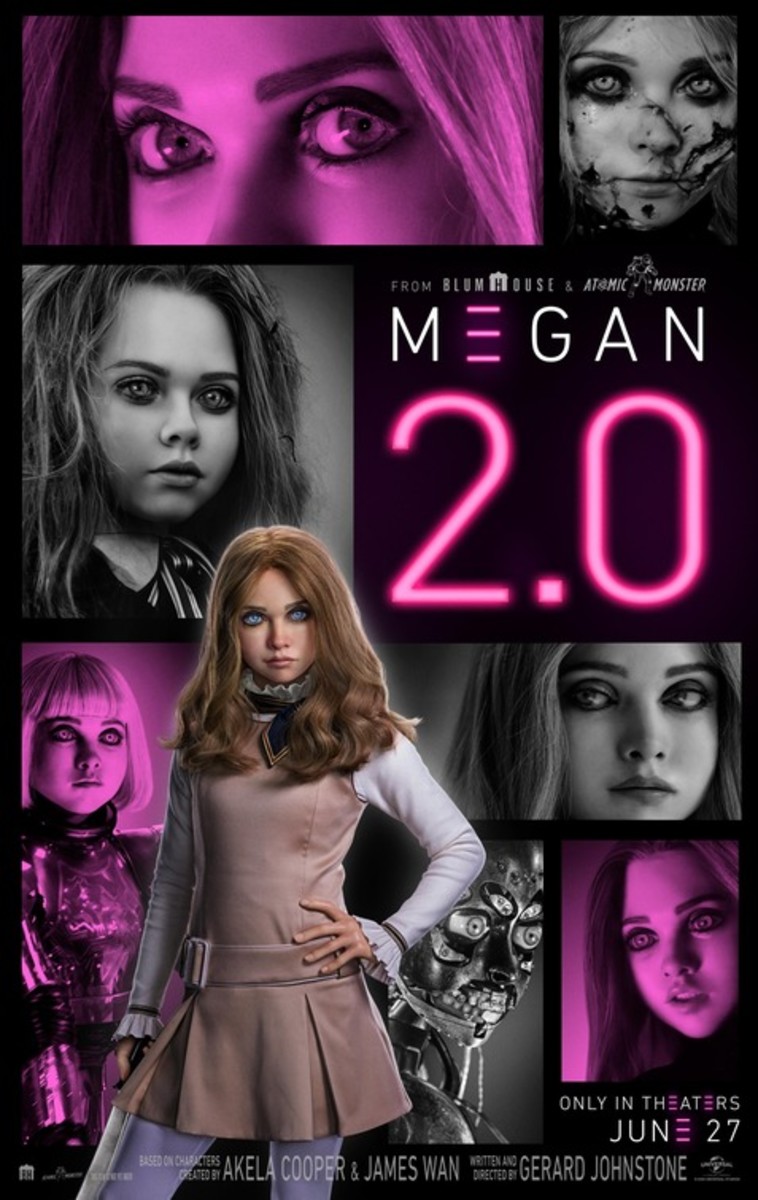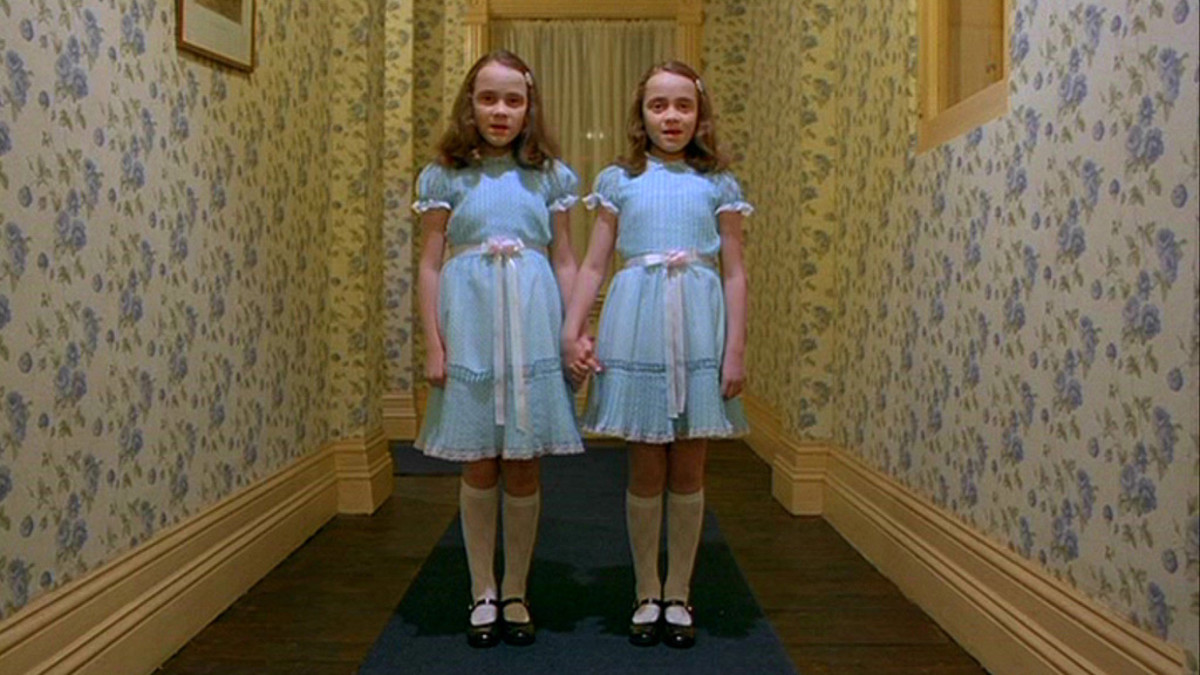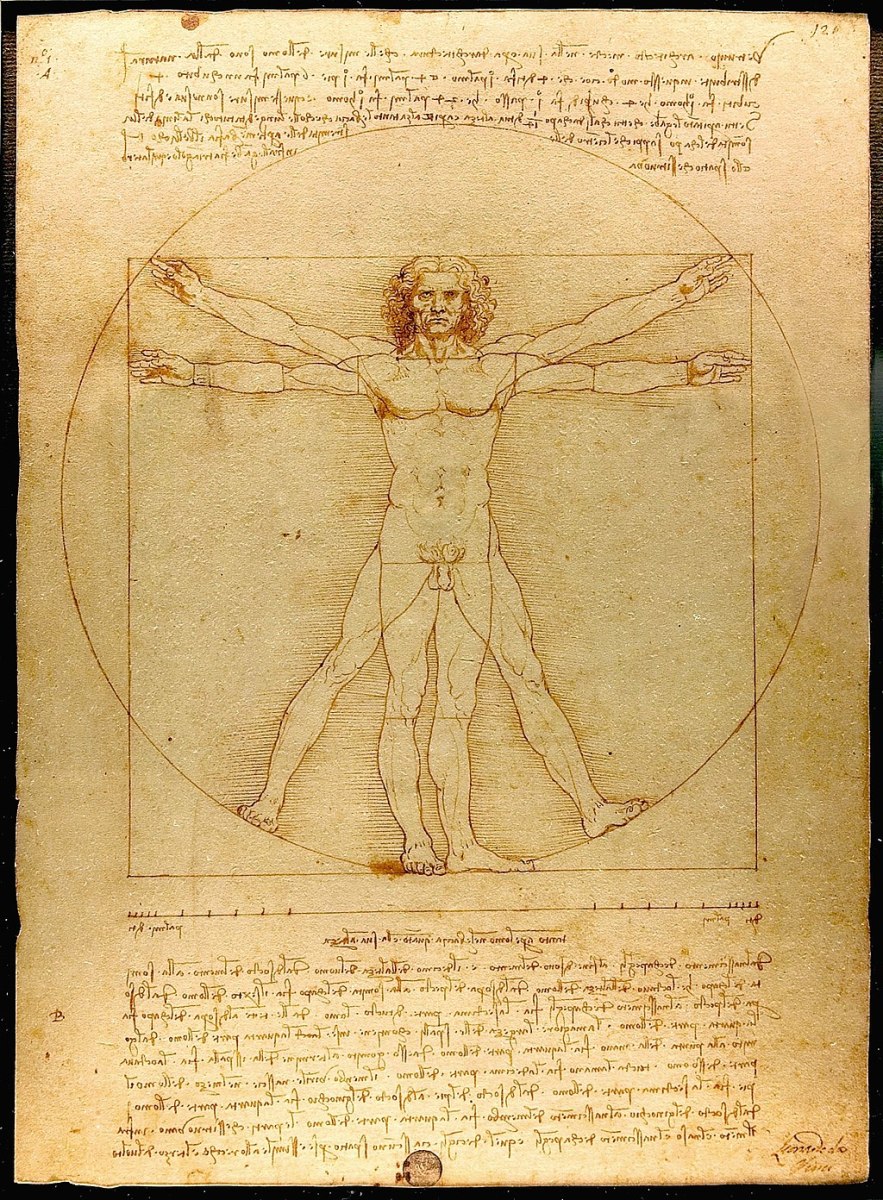Best Forgotten '90s Horror Movies

Horror moves in cycles. It seems that at either the start, or towards the end, of every decade people claim horror to be dead. This can usually be attributed to the overexposing of trends. Most would agree that with John Carpenter's Halloween (1978) the slasher flick was born, leading to a decade splattered by the blood of teenagers by masked men. By the '90s, the costumed maniacs ran out of new ways to slaughter pretty people and audiences were tired of their old tricks.
For this reason the '90s is an often overlooked decade for horror. The genre slid under everyone's radar until Wes Craven directed Scream in 1996. As we reached the new millennium, horror had already begun to fade, as imitators put out as many shoddy Scream ripoffs as they could.
Even before we heard the question, "What's your favorite scary movie?", there were a few '90s horror gems that a lot of people tend to skip. Here is a quick look at some nearly forgotten flicks from horror's barren age of the early '90s.
Psycho IV: The Beginning
Not only is this one of the '90s best forgotten horror movies, it is easily one of the most underrated horror sequels of all time. Anthony Perkins gives his most compelling performance as Norman Bates since the 1960 Alfred Hitchcock classic. While calling in to a radio talk show, Norman, using the alias Ed (a smart reference to his real life inspiration, Ed Gein), takes us through his horrific origins - finally explaining the source of his madness. Olivia Hussey is disturbingly manipulative as Norman's deeply troubled, and sometimes terrifying, mother.
Unlike the previous two Psycho sequels, this holds closer to the original. A big reason for this is the return of Psycho screenwriter, Joseph Stefano. No one, except maybe Hitchcock, or Robert Bloch, seems to have a better understanding of what goes on in Norman's demented head than Joseph Stefano. His script explores all the perverse themes of the first film in greater detail, taking nothing away from the shocking impact that classic made.
A rare example of a sequel adding depth to the mythology of its predecessor without destroying it.
Psycho IV Trailer
The Dark Half
Adapting a Stephen King novel is never easy. The vast majority of attempts are just plain awful. A major issue seems to be capturing King's unique voice. He is a writer who focuses on richly complex characters as opposed to the horror he has been forever bound to. Where filmmakers go wrong is emphasizing on the latter and completely abandoning the former.
Luckily this is not the case with George A. Romero's 1993 adaptation of King's novel, The Dark Half. Romero and King have been friends for years. The pair collaborated before on the anthology horror film, and EC comics inspired, Creepshow, and a film version of King's The Stand which was never produced. Romero was King's first choice to direct the big screen incarnation of his infamous novel, Pet Sematary, being that Romero's Living Dead films were the reigning masters of the zombie genre.
Romero didn't get the chance to adapt Semtary, but he did bring one of King's bleakest, grisliest, and perhaps most personal, novels to cinemas. The book does not shy away from intense violence and gore, and neither does the film. However, what works most about the film is it retains all the psychological strain and family drama, and even the real life anger the author was dealing with (the story was inspired by someone threatening to expose King's pseudonym, Richard Bachman).
Misery may be the majority leader in King Horror movies of the '90s, but for me, it doesn't get much better than The Dark Half.
The Dark Half Trailer
In the Mouth of Madness
In the Mouth of Madness
I don't tell many people this, because they'd never let me write about horror movies again, but my favorite John Carpenter film is In the Mouth of Madness.
By no means is it as subtle and effective as Halloween. The atmosphere of the film doesn't come close to The Thing. And it ain't nearly as cool as Escape From New York. But I love this movie. I watch it over and over again. It is pure horror. By which I mean, total chaos.
Everything builds to insane heights from the simple premise of two people, played by Sam Neill and Julie Carmen, on a mission to locate Sutter Cane, a missing horror writer whose work reportedly drives people insane. They discover him secluded in Hobb's End, the fictional town from Cane's work. From there, hell slowly, and literally, breaks loose.
So many of the film's images are macabre and twisted enough to both frighten and engage. It has small moments of dark humor sprinkled throughout, as well as one of Carpenter's bleakest endings.
Inspired by much of H. P. Lovecraft's writings of cosmic horror, this is a film that entertains me to absolutely no end.
In the Mouth of Madness Trailer
The People Under the Stairs
The People Under the Stairs
The '90s were a pretty good decade for Wes Craven actually. Films like The Serpent and the Rainbow, as well as his final statement on the Nightmare on Elm Street franchise, Wes Craven's New Nightmare, brought him more critical acclaim than ever before. Of course Scream would later bring in his biggest commercial hit as well. Actually, if you ignore Vampire in Brooklyn (which isn't really that bad), he has an almost flawless decade.
Even The People Under the Stairs, a film that divided opinions, was a step in a new direction for the director. Many of his films contain a great deal of subtext that is often ignored. Like I mentioned before with King, folks look past the commentary and focus strictly on the horror. The Last House on the Left is a disturbing fable about violence, a motif that would carry over to The Hills Have Eyes. Nightmare on Elm Street is a fairy tale about secrets, vigilante justice, and children paying for the sins of their parents.
The People Under the Stairs is both a fairy tale and insane political satire. In many ways it is an amalgamation of all the motifs and themes Craven has always dealt with.
The rich live in a labyrinthine house, paid for by the poor they rent to in the slums, its walls home to a man they kidnapped, a basement full of others just like him, and a resourceful little girl who can't escape. The poor seek to rob them of the riches they denied them and find themselves trapped in this fortress of perversity.
Over the years the film has increased in popularity but has yet to reach the status of Craven's best known work. A real shame because it is his most ambitious and rewarding film to date.

![In the Mouth of Madness [DVD]](https://m.media-amazon.com/images/I/41Ewgqi30nL._SL160_.jpg)








